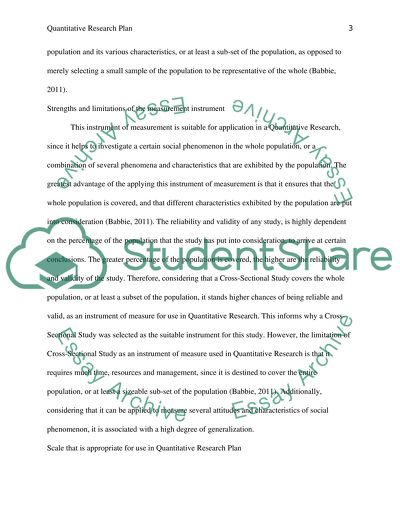Cite this document
(“Measurements and Instruments for a Quantitative Research Plan Paper”, n.d.)
Retrieved from https://studentshare.org/health-sciences-medicine/1472354-measurements-and-instruments-for-a-quantitative
Retrieved from https://studentshare.org/health-sciences-medicine/1472354-measurements-and-instruments-for-a-quantitative
(Measurements and Instruments for a Quantitative Research Plan Paper)
https://studentshare.org/health-sciences-medicine/1472354-measurements-and-instruments-for-a-quantitative.
https://studentshare.org/health-sciences-medicine/1472354-measurements-and-instruments-for-a-quantitative.
“Measurements and Instruments for a Quantitative Research Plan Paper”, n.d. https://studentshare.org/health-sciences-medicine/1472354-measurements-and-instruments-for-a-quantitative.


